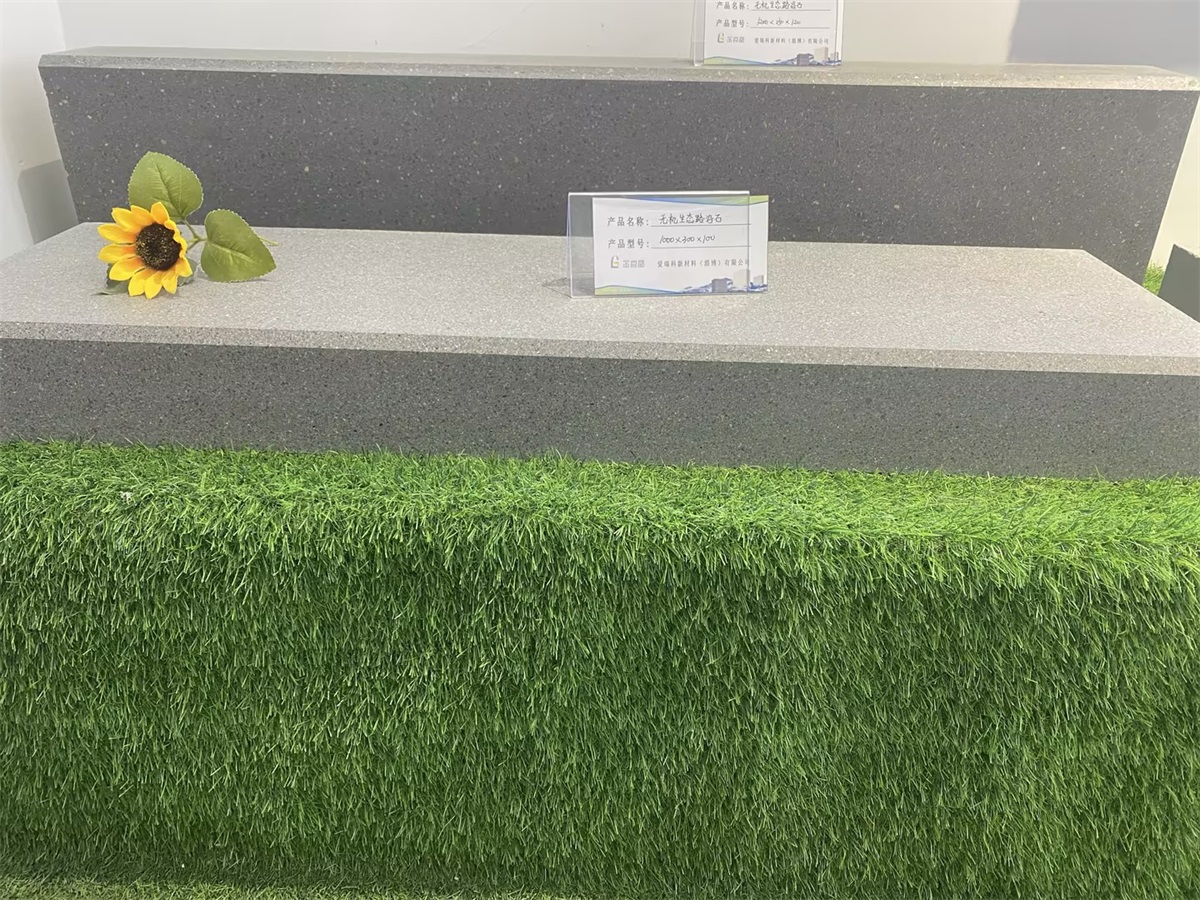釉面磚干燥裂紋在生產中如何解決?
在釉面磚的生產過程中,無論是一次燒成還是二次燒成,坯釉裂紋是常見的質量缺陷之一。裂紋的種類多,產生原因復雜,解決方法也各異,生產技術人員對此并不陌生。筆者在生產實踐中時常發現,看似簡單的裂紋,有時并沒有明顯的辨別特征,一線生產技術人員分析時容易產生誤判;甚至在查明裂紋的產生原因后,卻因為生產條件的限制,導致問題遲遲不能完全解決,造成生產成品率的下降。
In the production process of glazed tiles, whether it is primary or secondary firing, glaze cracks are one of the most common quality defects. There are many types of cracks, complex causes, and various solutions, which are not unfamiliar to production technicians. The author often finds in production practice that seemingly simple cracks sometimes do not have obvious distinguishing features, and frontline production technicians are prone to misjudgment when analyzing them; Even after identifying the cause of the crack, the problem was delayed and could not be completely solved due to production conditions, resulting in a decrease in production yield.
根據裂紋的形成原因,釉面磚的常見裂紋大致可分為以下三種:一是機械碰撞裂紋,包括干壓成型過程的脫模撞裂、翻坯機碰裂、橫線、平臺及輥棒送磚過程造成的裂紋,等等。二是燒成冷卻過程出現的裂紋。此類裂紋較長,或有弧形裂、鋸齒裂等外觀特征。三是干燥過程的裂紋,即干燥工藝參數控制不合理,干燥收縮導致的裂紋,包括邊裂、中心裂、面裂等。特別是磚邊緣部分的細裂紋,有時裂紋深度只比釉層深一點點,燒成前不易發現,常被忽視。這種裂紋與干燥曲線、坯料配方、粉料工藝參數都有關系。
According to the reasons for the formation of cracks, common cracks in glazed tiles can be roughly divided into the following three types: first, mechanical collision cracks, including demolding collision cracks during the dry pressing process, collision cracks caused by the turning machine, cracks caused by horizontal lines, platforms, and roller feeding processes, and so on. The second is the cracks that appear during the firing and cooling process. This type of crack is longer, or has appearance characteristics such as arc-shaped or serrated cracks. The third is the cracks during the drying process, which are caused by unreasonable control of drying process parameters and drying shrinkage, including edge cracks, center cracks, surface cracks, etc. Especially for the fine cracks on the edge of the brick, sometimes the crack depth is only slightly deeper than the glaze layer, which is difficult to detect before firing and is often overlooked. This type of crack is related to the drying curve, billet formula, and powder process parameters.
機械碰撞裂紋和冷卻造成裂紋一般有明顯的辨別特征,較易判斷,而干燥導致的裂紋有時易與其它裂紋混淆,解決難度較大。筆者以兩個工廠的實踐解決情況為例,對干燥裂紋的解決方案進行探討。
Mechanical collision cracks and cracks caused by cooling generally have obvious distinguishing features and are easy to determine, while cracks caused by drying are sometimes confused with other cracks and difficult to solve. The author takes the practical solutions of two factories as examples to explore solutions for drying cracks.
在釉面磚的生產中,單純地討論干燥裂紋的原因和解決方法并不算復雜,但在實際生產過程,因為和其它裂紋易于混淆,以致誤判,或受制于設備、產量等客觀條件,導致在工藝調整時瞻前顧后,常常達不到理想的效果。
In the production of glazed tiles, simply discussing the causes and solutions of dry cracks is not complicated. However, in the actual production process, it is easy to confuse with other cracks, leading to misjudgment or being subject to objective conditions such as equipment and output, which often leads to a lack of ideal results when adjusting the process.


對裂紋不能只憑經驗就下結論,要先采取措施進行細致排查,從壓機模號、進磚順序、窯內位置、燒成速度等方面,對裂紋的發生規律匯總分析。如果沒有固定的位置規律,但燒成速度越快、規格越大、越厚的產品較常出現細邊裂時,則要重點考慮是否干燥裂紋。在確定是干燥裂紋后,對粉料、烘干窯、坯料的工藝參數進行系統調整。一是提高粉料的粗顆粒比例,適當降低粉料的含水率,并增加成型壓力,以保證足夠的生坯強度。二是對烘干窯的干燥曲線進行調整優化,需注意保持烘干窯前段 “高溫高濕”狀態,整體可保持微正壓氣氛。三是調整坯料配方,適當引用少量強塑性原料或坯體增強劑,以減少干燥收縮大的塑性原料比例,提升生坯的干燥性能。后,對生產工藝參數加強檢測分析,制定適合本廠的工藝標準,時常檢查對照,才能保證長期穩定生產。
We cannot draw conclusions about cracks solely based on experience. We must first take measures to conduct a detailed investigation, summarizing and analyzing the occurrence patterns of cracks from aspects such as the press mold number, brick feeding sequence, kiln position, and firing speed. If there is no fixed position pattern, but the faster the firing speed, the larger the specification, and the thicker the product, the more frequent the occurrence of fine edge cracks, then the focus should be on whether to dry the cracks. After determining whether it is a dry crack, systematically adjust the process parameters of the powder, drying kiln, and billet. One is to increase the proportion of coarse particles in the powder, appropriately reduce the moisture content of the powder, and increase the molding pressure to ensure sufficient green strength. The second is to adjust and optimize the drying curve of the drying kiln, paying attention to maintaining the "high temperature and high humidity" state in the front section of the drying kiln, and overall maintaining a slightly positive pressure atmosphere. The third is to adjust the billet formula and appropriately use a small amount of strong plastic raw materials or billet reinforcement agents to reduce the proportion of plastic raw materials with large drying shrinkage and improve the drying performance of the green billet. Finally, strengthen testing and analysis of production process parameters, develop process standards suitable for our factory, and regularly check and compare them to ensure long-term stable production.
總之,對于干燥裂紋,只有多方面系統調整優化工藝,才能較徹底地解決問題,達到既快燒又節約能耗、充分發揮設備產能的理想目標。。
In short, for dry cracks, only by systematically adjusting and optimizing the process in multiple aspects can the problem be thoroughly solved, achieving the ideal goal of fast burning, energy saving, and fully utilizing equipment production capacity..
上一篇:電纜溝蓋板的制作工藝介紹
下一篇:透水磚是否需要經常維護?
相關產品
相關新聞














